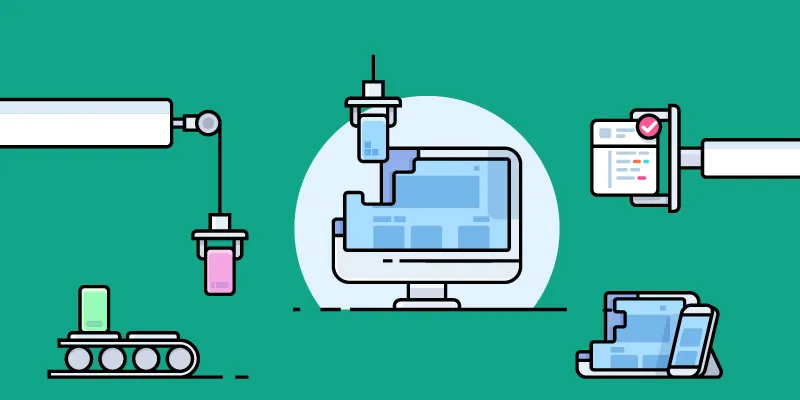How machine learning has come to transform user experience
According to research by IDC, applications incorporating advanced and predictive analytics, including machine learning, will grow 65 percent faster than apps without predictive functionality.

Ever wondered how Netflix just knows the shows you must watch. And YouTube's recommended playlists are making the job so much easier?
Or how Spotify throws up just the perfect songs and Amazon makes you buy stuff even before you search what you want?
Machine learning (ML) has transformed the way technology interacts with users. From a monotonous question-answer regime, we have moved to more conversational and "learning" algorithms.
What is machine learning?
ML is an application of artificial intelligence (AI) that provides systems the ability to automatically learn and improve from experience without being explicitly programmed.
In other words, ML helps the machine learn from its experience so that it can behave human-like and improve over the course of time.
ML focuses on the development of programs that can access data and be used by the computers to continuously learn.
The process of learning begins with observations or data, such as examples, direct experience, or instruction, to look for patterns in data and make better decisions in the future based on the examples that we provide.
The primary aim is to allow the computers to learn automatically without human intervention or assistance, and adjust actions accordingly.
This improves the conversation flow, increases the efficiency of the algorithm and ensures an improved user experience.
How does ML help?
If there is data that can be segregated based on location, physical aspects or genetics - then machines can be used to give a whole new user experience.
The core idea is to give each individual an experience based on their own behavioural aspects outside a specific target audience. Simply put, human behavioural data is fed as context to algorithms which generate knowledge. An interface communicates this knowledge to enrich the user experience.

This results in the fact that advertising and product recommendations are all tailored to unique customer profiles based on historical browsing trends and buying behaviour.
At a time when IoT is driving the world forward and lives have become fast-paced on its account, the customised user experience that ML offers is an amazing boon.
A good user experience provides good information, nice visuals and interactive design, and a strong impact. But indulgence of ML improves the experience exponentially.
Major applications of ML for UX?
ML transforms the UX from a general form-based question-answer round to a conversation with most relevant suggestions.
ML equips the user with the ability to navigate through heaps of data and find the required information. In the process, it eliminates all the noise data for each user. At end of the day the data gathered with users behavioural patterns would be used to generate an anticipatory design to create an altogether different experience for every person, despite the fact that all the users are in same virtual or physical space.

This "adaptive" design is what gives any player an advantage over the competitors in the market. As a result, most companies are developing strong algorithms to deal with the situation.
Amazon, Google, Netflix, Spotify are just a few examples to talk about.
Future aspects?
ML is not only refining the relationship between humans and machines but it is redefining the user experience. And, Android keyboard auto-correction function and Apple Maps suggestions for destinations and stops are just basic practical examples of implementation of ML in real life.
Combined with such amazing advancements in the field of AI, data mining and voice recognition, users will have a "friend" in the machines.
According to research by IDC, applications incorporating advanced and predictive analytics, including machine learning, will grow 65 percent faster than apps without predictive functionality.
With advancements being made at an unprecedented pace, fear of losing command also arises frequently. The growth of AI is always an issue for debate.
But, rest assured, machines have begun to learn, we just need to ensure humans don’t stop!
(Disclaimer: The views and opinions expressed in this article are those of the author and do not necessarily reflect the views of YourStory.)







